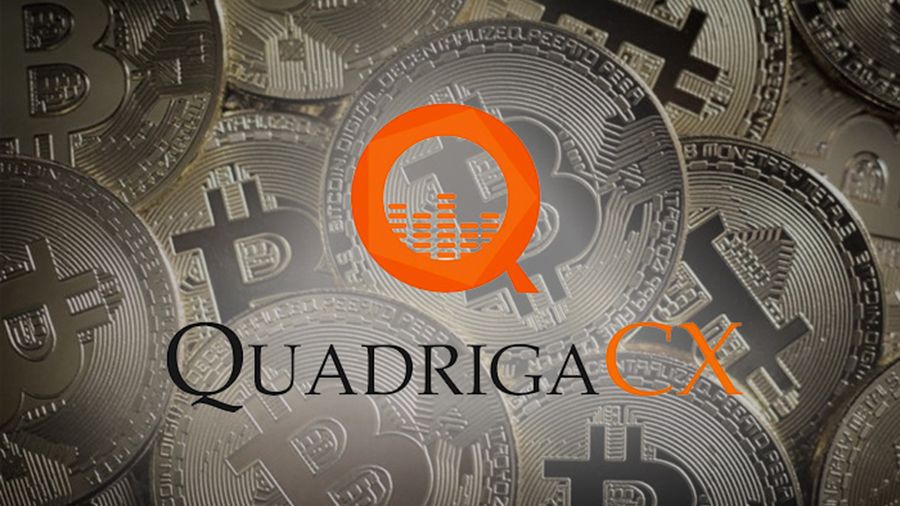The trustee of the closed cryptocurrency exchange QuadrigaCX will agree with the court on the date of fixing cryptocurrency rates for payment of compensation.
On January 26, Ernst & Young (EY) will go to court with a proposal to set a date for assessing claims for cryptocurrencies instead of the date of bankruptcy of the exchange on April 15, 2019. The trustee takes a different position than one of the claim holders, the cryptocurrency startup BlockCAT.
The firm wants to achieve a valuation of cryptoassets at the rate of February 5, 2019, when QuadrigaCX received legal protection from prosecution of creditors for restructuring under federal law in Canada.
The choice of the date will significantly affect the fiat value of cryptocurrencies and how much lenders get from the remaining pool of assets. BlockCAT has filed a claim for compensation in the amount of CAD 4 million. The company wants to maximize payouts and has filed a petition in which it claims that the date for assessing other users’ claims for cryptocurrencies should start with the exchange’s initial court order.
The court’s decision is important both for former users of QuadrigaCX making claims in cryptocurrency, and for creditors who have claims for compensation in fiat currency. In total, QuadrigaCX users filed 17,053 claims for C $ 224 or C $ 291 million, depending on the date selected for the asset valuation.
The Trustee is required to ensure payment of claims made for cryptocurrency and US dollars in Canadian dollars. This means that the court must decide on a valuation date before the payment process begins.
EY filed a fact sheet with the Ontario Supreme Court this week in connection with a petition to select a bankruptcy date as the date for determining the exchange rate of cryptoassets. According to commercial litigation lawyer Evan Thomas, who assessed the trustee’s data, users claiming Canadian dollars would receive 23% less if the date of April 15, 2019 is selected.
https://bits.media/upload/medialibrary/0eb/quadrigacx.png
The price of cryptoassets has mostly increased between February and April 2019. Thus, former QuadrigaCX users claiming solely for compensation for lost BTC will receive 14% more Canadian dollars if the court approves the April date.
If BlockCAT convinces the court that claims for cryptocurrencies should be assessed by the February date, then the relative share of the QuadrigaCX pool paid to creditors with claims in Canadian dollars will increase.
Canadian cryptocurrency exchange QuadrigaCX went offline in January 2019 due to banking issues, suspension of customer withdrawals and the death of founder Gerald Cotten in December 2018.







